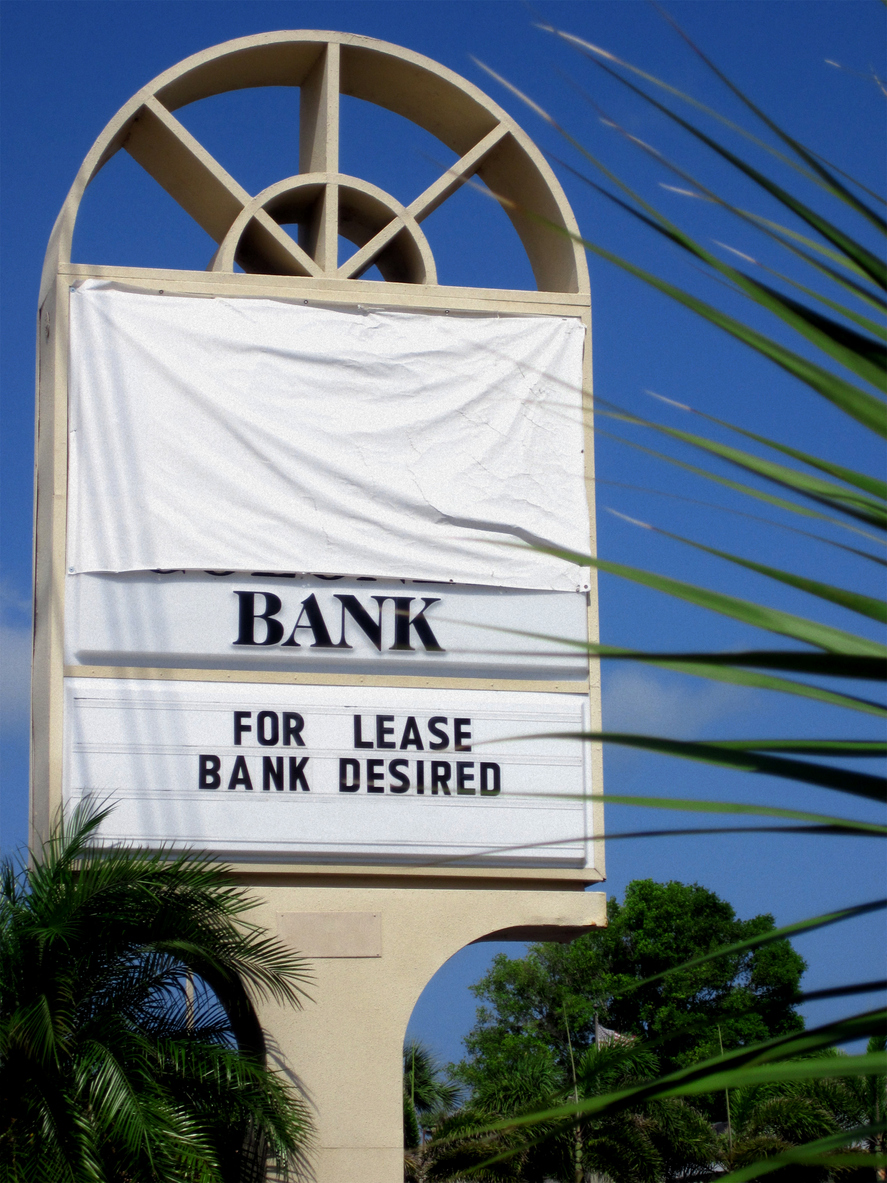
SILICON VALLEY BANK FAILURE
DON’T GET CAUGHT UP IN THE CRISIS.
I am certain most of you have heard about the Silicon Valley Bank (SVB) collapse last week, and we wanted to reach out to give some assurance this is not another 2008 event.
First, let’s take a step back and review what happens to bonds when interest rates move-
Bonds have an inverse relationship to interest rates. When market interest rates increase, bond prices usually fall – like a seesaw. In contrast, when market interest rates decrease, bond prices usually increase. Holders of bonds may decide to trade the bond before maturity and that is affected by changes in the bond prices. However, if you hold the bond to maturity these fluctuations don’t affect the holder as you know that on the maturity date you get the price of $100 or PAR. Please keep that in mind as we go further.
Second, bank risk is measured by three factors: (1) Asset Base – the bank’s balance sheet and investment holdings (2) Deposit Base – what % of deposits are over the FDIC insurance amount? (3) Customer Base – what types of companies do their banking with the firm, and who does the bank lend to?
Let’s dive into these three factors when it came to Silicon Valley Bank:
- Asset Base – there are two camps when reviewing the asset base of a bank. There are the securities that are in the ‘hold to maturity’ camp, and there are securities that are in the ‘available to sell’ camp. SVB held a large percentage of assets in long-term maturity US government treasuries and government-backed bonds, and held these in the ‘hold to maturity’ camp. These were purchased in a period of low interest rates, and as interest rates rose the prices on these securities dropped. Going back to the inverse relationship bonds have with interest rates – even though SVB purchased high-quality government backed bonds/treasuries, the prices of these positions dropped in relation to interest rates increasing. Reports state that SVB sold $21billion worth of bond securities at a $1.8billion loss1, and then stated that they were seeking an additional capital raise to cover these losses. This created the ‘run on the bank’ and the FDIC coming in and closing the bank’s operations.
- Deposit Base – SVB’s share of customer deposits above the FDIC guarantee threshold was near 90%2. Several sources estimate that this was the second highest percentage in the US banking system.
- Customer Base – SVB’s clientele on both the deposit side and the lending side, were predominantly technology company start-ups and venture capital firms. It is estimated that SVB’s balance sheet increased by over 250% from 2019 to 20222 -> well above all other banks in the US banking system, largely due to the tech sector’s growth during that period. The deposits and activity did not look like a traditional retail bank. SVB is an outlier with a high level of loans plus securities as a percentage of deposits, and very low retail deposits which are much stickier. So, SVB had money going in and coming out at a much larger scale that a traditional bank.
I applaud the quick action and the protections now in place to protect depositors. Keep in mind, this isn’t a bailout – stock holders, creditors, and employees of SVB are not protected.
What does this mean for investments? Let me start with two comments: (1) Low rates for 15 years fostered asset bubbles, particularly in bonds (2) If the Federal Reserve had caused this on purpose, they may actually say ‘Job well done!’
I know that second statement may not make sense at first glance. However, this type of confidence shock is truly deflationary. The Federal Reserve is working to reduce inflation, correct? So…’Job well done!’. Ok, this could be accomplished through the general course of market actions and without Americans checking their bank accounts to make sure there deposits are safe -> but this is where we are.
Remember last week when Fed Chairman Jerome Powell testified on Tuesday and Wednesday? Yes, probably not – but he did! and after his comments the Fed Funds Futures (mechanism by which future Federal Funds policies are priced) had a 70% of a 0.50% increase at the next meeting. And 0.25% in May. And 0.25% in June. AND the possibility of another rate hike in July. That brings us to today, where now the expectations are 0.25% at the next meeting, and possibly 0% – depending on tomorrow’s inflation report (CPI). Also, the 10-year treasury interest rate has dropped from over 4% to 3.45% (at the time I am typing this). Those are DRAMATIC changes. The best way to help banks is to push down long-term rates.
Big Picture – if you have a crisis that affects the markets, but not economics, then there is a recovery. Remember where we were going into this event – in the US jobs are plentiful, wages are rising, and spending is still strong => all things needed for a strong economy. Europe is performing better than expected and China’s growth has been surprising to the upside as the Covid lockdowns ended. There is an inverse relationship between stock prices and uncertainty – much like bonds and interest rates. So, with a higher level of uncertainty we should expect higher market returns in the future. This certainly may be the case this time around as well – we expect by 2024 we will have a lower rate environment than what was last thought…and a lower rate environment SUPPORTS STOCK PRICES.

REFERENCES
1CNBC.com; Silicon Valley’s ‘greed and avarice’ have ‘finally come home to roost’ in SVB collapse, trader says; March 13, 2023; accessed 3/13/2023
2JP Morgan – Michael Cembalest; Eye on the Market; accessed 3/13/2023
DISCLAIMER
The views expressed represent the opinion of Paramount Associates. The views are subject to change and are not intended as a forecast or guarantee of future results. This material is for informational purposes only. It does not constitute investment advice and is not intended as an endorsement of any specific investment. Stated information is derived from proprietary and non-proprietary sources believed to be correct and current, but it should not be regarded as complete, an endorsement or personalized investment advice. Forward looking statements are speculative and based on assumptions as well as known and unknown risk and uncertainties. Past performance is not indicative of future results. The appropriate- ness of an investment or strategy will depend on an investor’s circumstances and objectives. These opinions may not fit to your financial status, risk and return preferences. Nothing contained herein constitutes financial, legal, tax, or any other type of advice. A professional advisor should be consulted before implementing any investment strategy.
Paramount Associates
6400 S. Fiddlers Green Circle Suite 1310
Greenwood Village, CO 80111
(720) 463-0020
general@paramountassoc.com
www.paramountassoc.com
www.linkedin.com/in/paramount-associates-623692197
@paramountassociatesdenver
